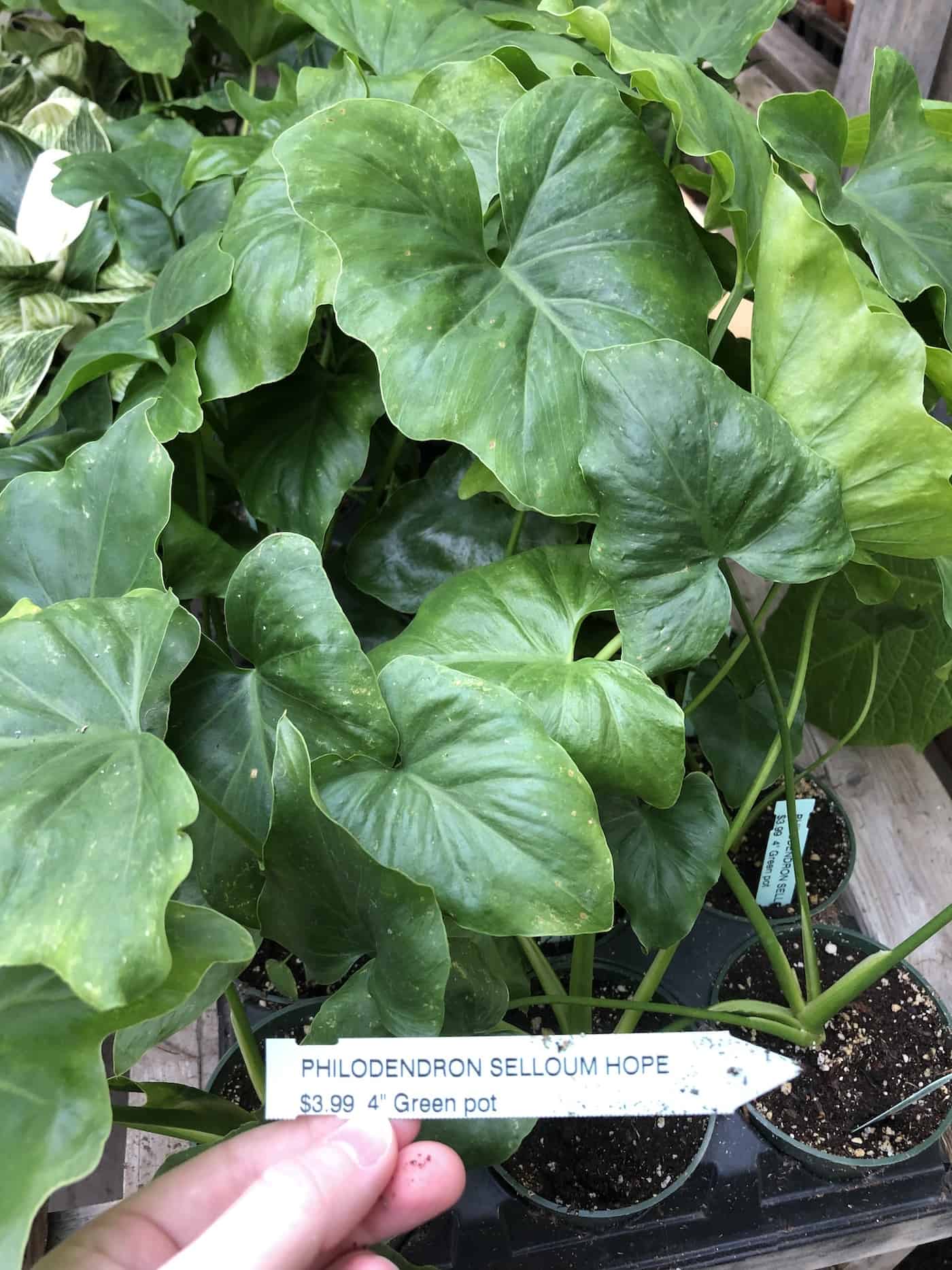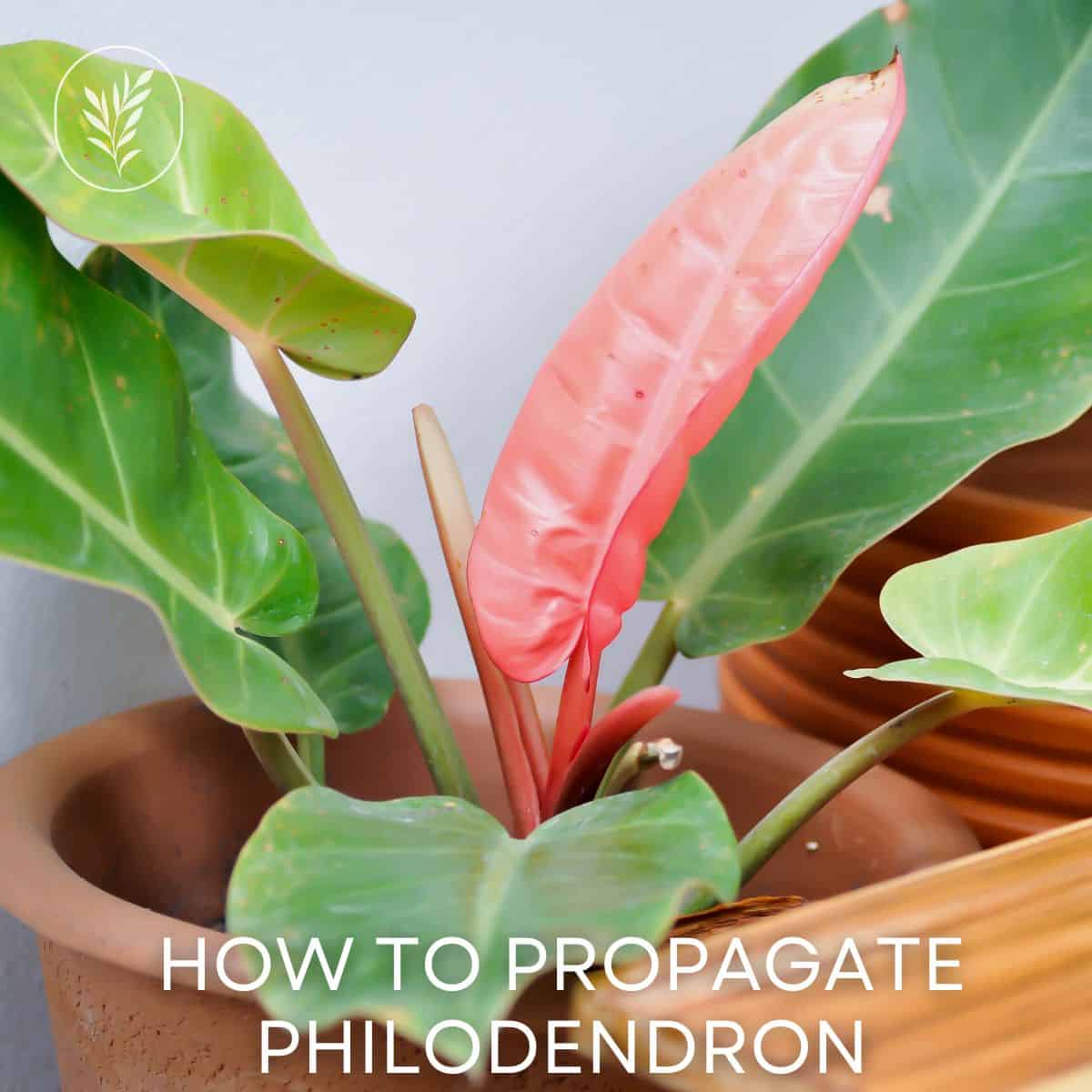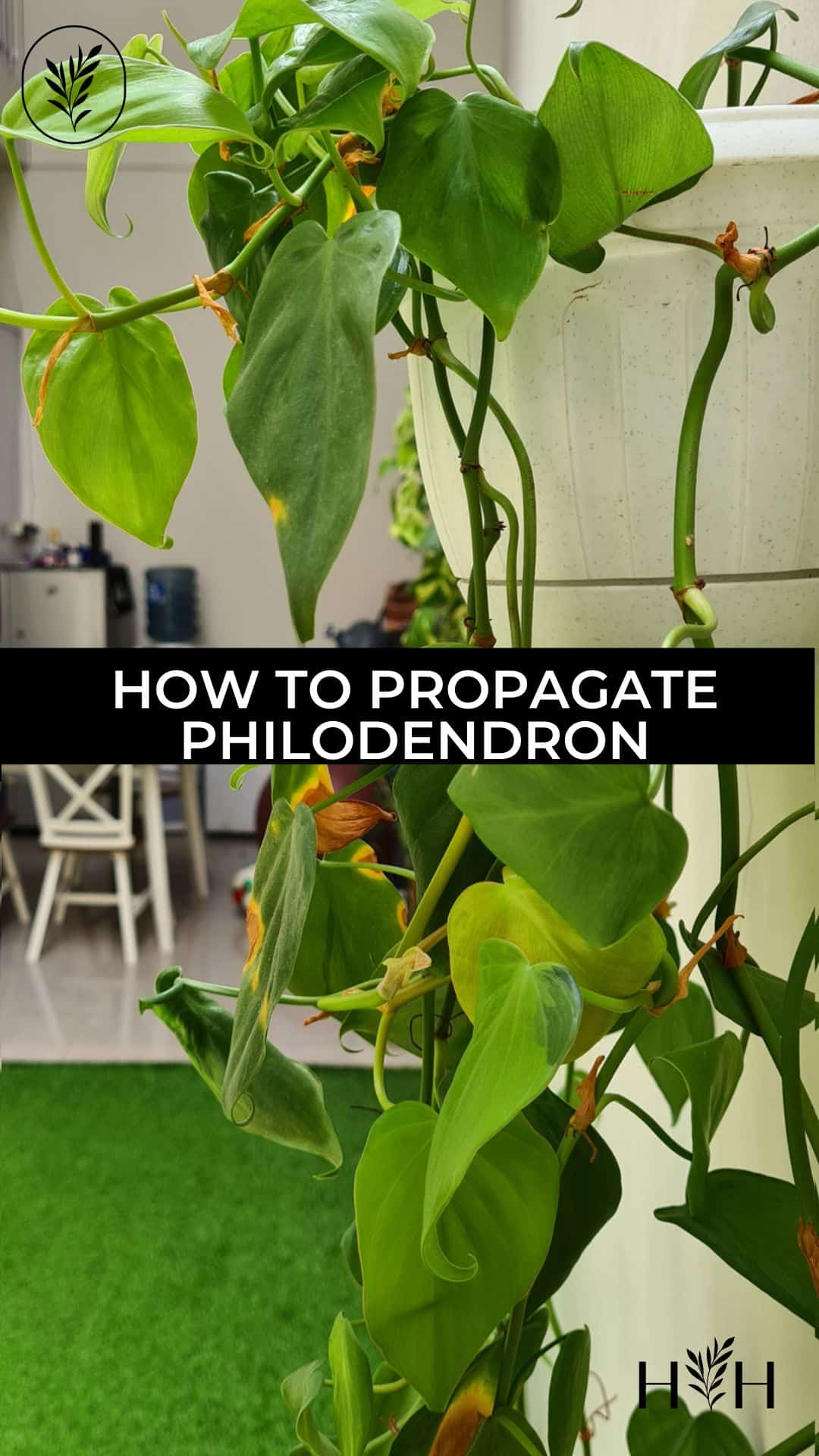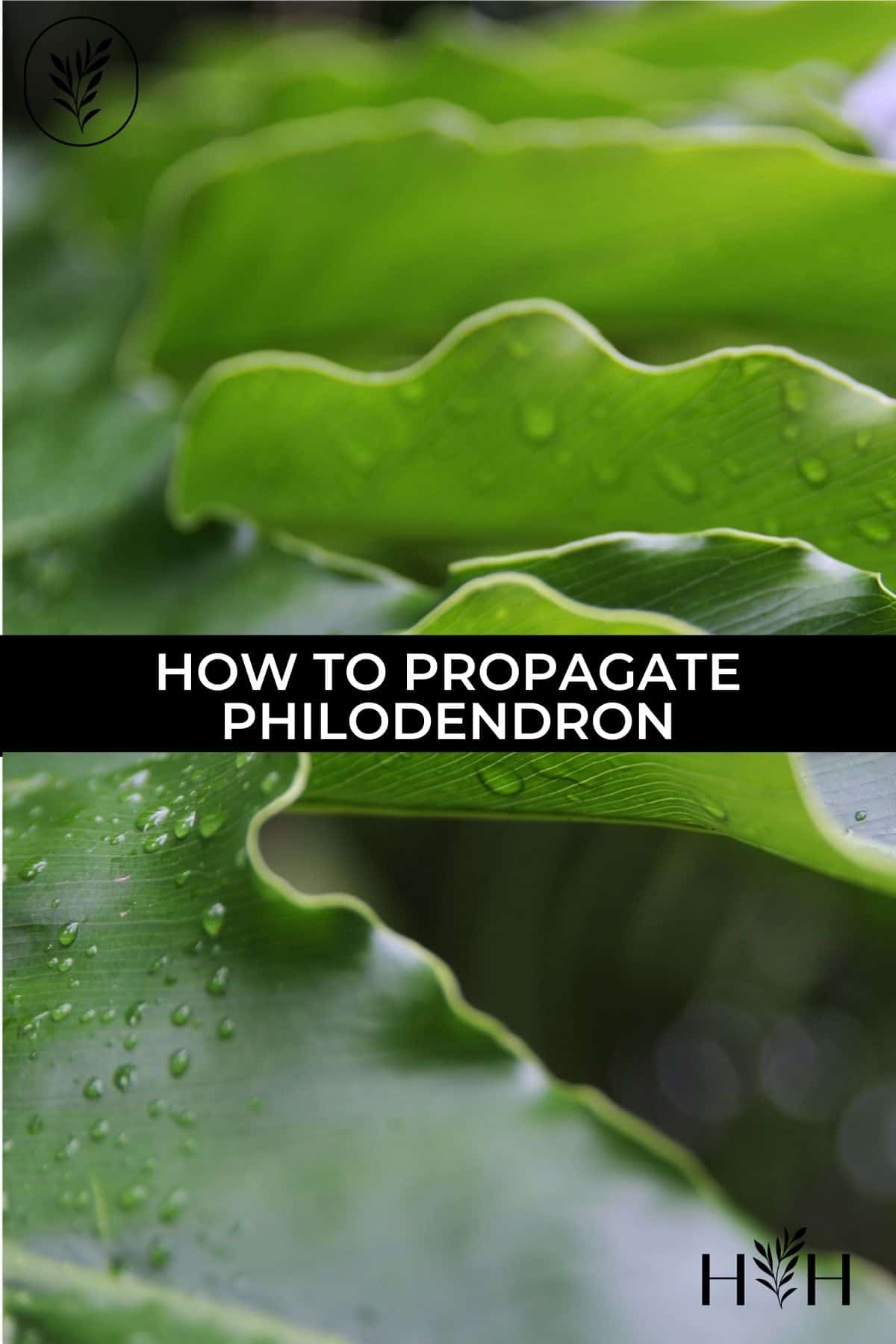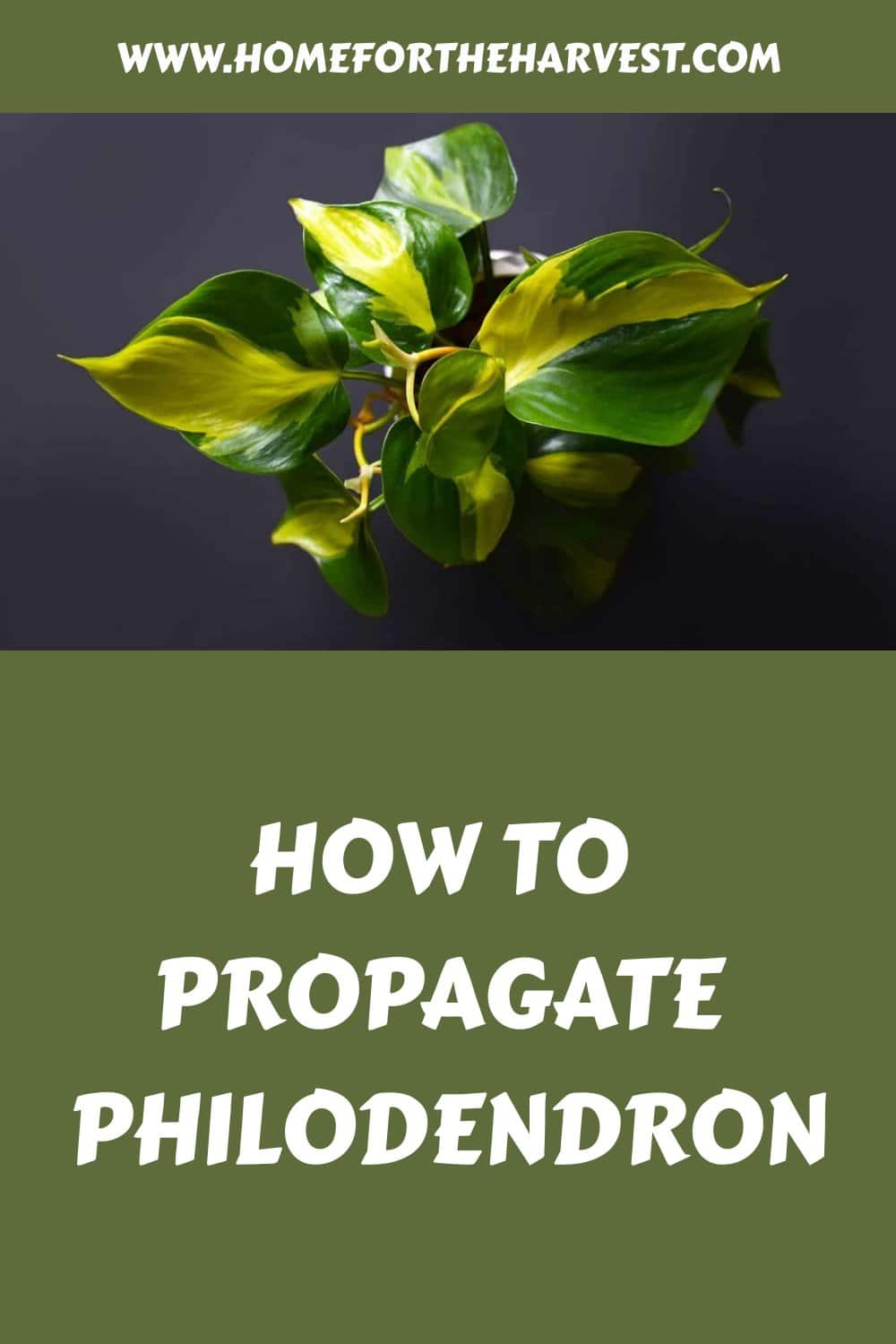Philodendron is a tropical houseplant that is easy to care for and propagate, making them perfect for beginner gardeners. If you have a Philodendron plant and want to know how to propagate it and create new plants, keep reading. This article will cover Philodendron propagation methods and their differences.
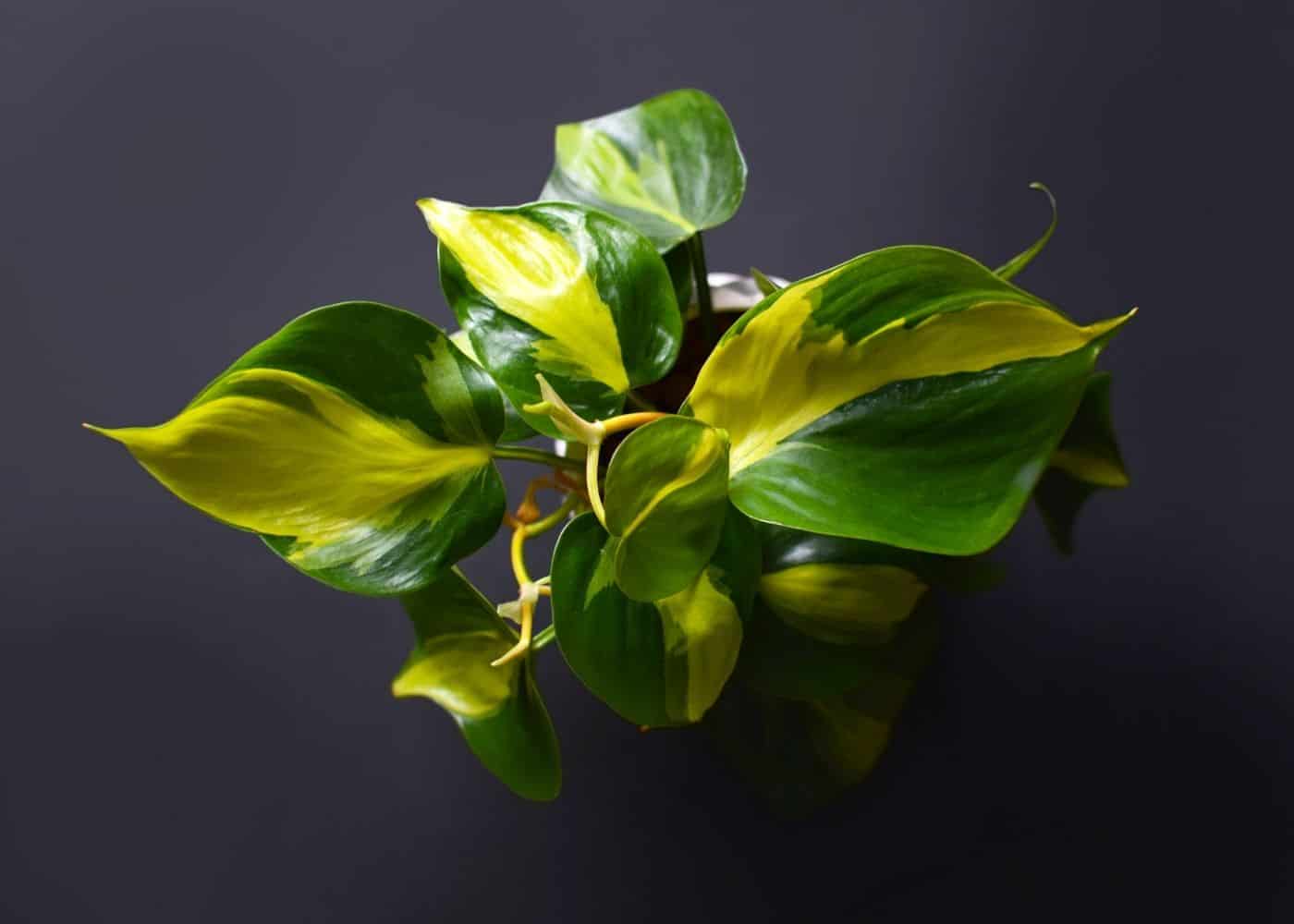
The basics of propagating philodendron
Philodendron plants can be propagated by stem cuttings, leaf-bud cuttings, and root division. To successfully propagate your Philodendron plant, plan on propagating during the spring as this is when the plant is most actively putting on new growth.
Methods for propagating philodendron plants
Here are the basics for each popular method of propagating philodendron to create lovely new tropical plants:
1. Stem cuttings
Propagation through stem cutting is when you take a healthy stem from the plant and cut it into sections. Stem cuttings are easiest to take from vining Philodendrons like ‘Brasil’, ‘Brandi’, and Heart Leaf Philodendrons. Each section should have at least two nodes for easy propagation.
Take 3-5 cuttings for each planter you’d like to pot up. Place them in either soil or water, depending on which propagation method you want to do. See below for step-by-step instructions on how to root Philodendron cuttings in soil or water.
2. Leaf-bud cutting
Propagation through leaf-bud cutting is the process of taking a section of the stem from the plant that has a leaf, petiole, and axillary bud. This small cutting is placed in potting soil to root and put on new growth. The leaf is left sticking out of the soil where it can receive light, while the other stem parts are covered with moist soil to allow for root development.
3. Root division
Propagation through root division is when you divide the plant at the roots and pot each new section to propagate in the soil. Propagation by root division works well for self-supporting upright Philodendron cultivars like ‘Birkin’. Only established plants with well-established root systems should be considered for root division.
Now let’s look at each method in detail:
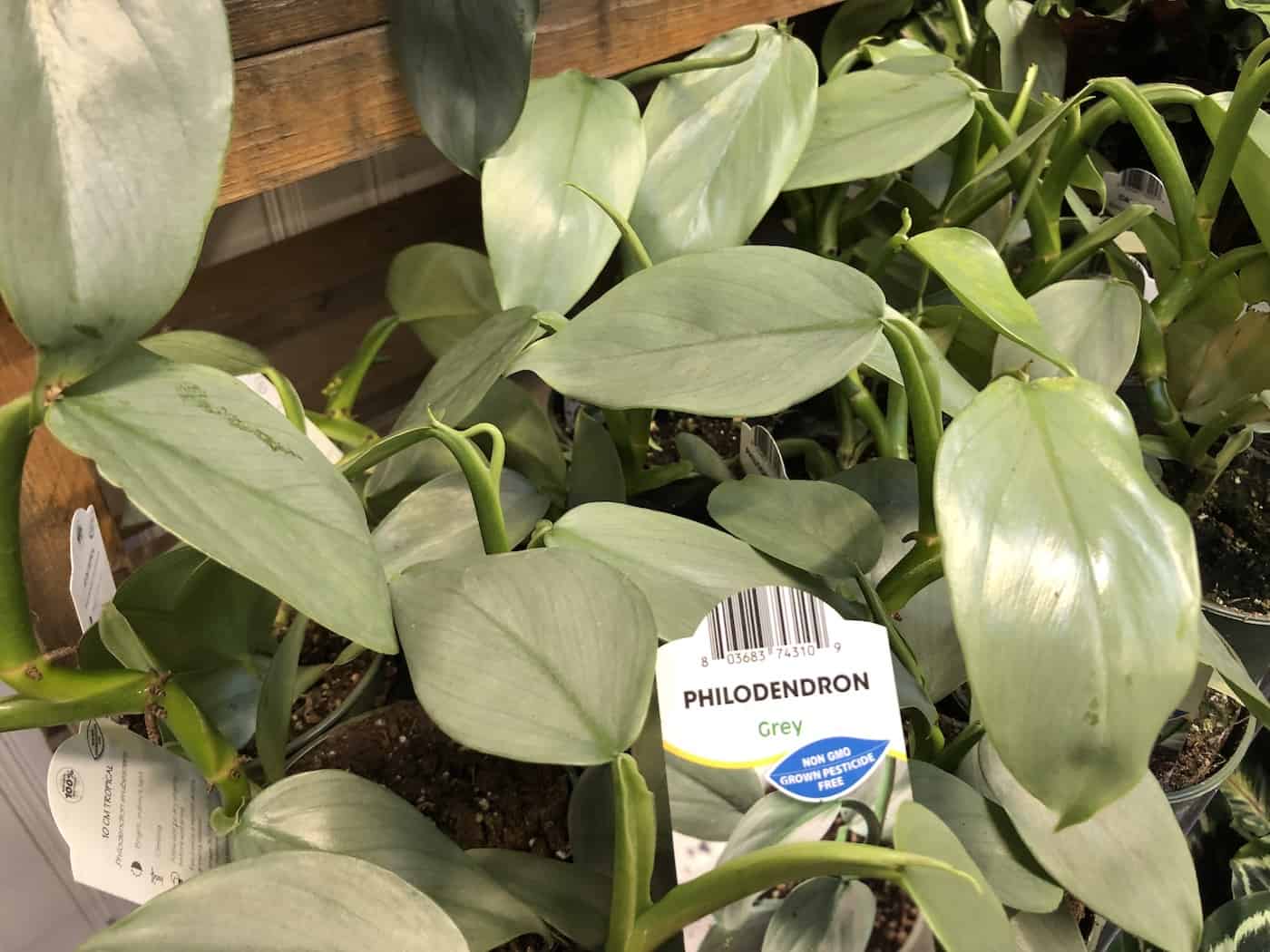
Propagating philodendron from stem cuttings
Philodendron plants are most commonly propagated from stem cuttings. After the cuttings have been taken off the mother plant, they can be rooted in either clean water or in potting mix.
Propagating philodendron in water
To properly propagate Philodendron in water, you will need a few supplies:
- Sharp pruning shears or a good pair of scissors
- Dilute solution of alcohol or bleach
- Hormone Powder
- Clean container with fresh water
Here are the steps for propagating Philodendron cuttings in water:
- Disinfect your scissors using a dilute solution of alcohol or bleach. Disinfecting your scissors prevents bacteria and other debris from contaminating the fresh-cut stems.
- Pick the stems you want to cut off your plant. Make sure these stems are young with healthy tips as these are optimal for propagation. Choose 3-5 stems per the number of planters you have.
- Cut off the tip of the stem, which is around 4-5 inches long. Then, cut off all the leaves on the stem, except for the leaf at the tip of the stem. If your plant doesn’t have a lot of vines, you can cut a single vine into multiple cuttings. Make sure each cutting has a portion of the main Philodendron plant plus a leaf so that the plant will propagate correctly. Place your cuttings on a clean surface. Repeat until you have enough cuttings.
- Trim the base of each stem cutting, making the cut right below a leaf node if possible. Make a clean cut so that the base of the stem remains healthy and well-suited to root development. Cuttings can be as small as 2-3 inches long and still produce roots.
- Dip the cut end of each stem into rooting hormone powder. This is optional; however, it can be helpful if you’re new to propagating houseplants.
- Place the stem base into a clean container filled with fresh water. Place each stem in its container or group a few in larger containers. Make sure the cuttings are not crowded, and the air circulation is good. (The easiest way to monitor root development is through clear glass containers to see the Philodendron cuttings.
- Move the cuttings to a location with bright indirect light that is not too close to the cuttings to avoid foliage burn. Avoid placing fresh cuttings in harsh direct sunlight or within a few feet of plant light.
- Monitor the plants every few days, changing the water and looking for root development. Remove any yellow or mushy cuttings and plant the healthy cuttings into planters once they have emerging roots.
- Put the rooted cuttings into groups and place them into a planter with organic potting soil. Water the cuttings, making sure the water drains freely.
Propagating philodendron in soil
To properly propagate Philodendron in potting soil (or another potting medium), you need a few materials:
- Sharp pruning shears or a good pair of scissors
- Dilute solution of alcohol or bleach
- Hormone Powder
- Planter pot
- Moist potting mix (I use houseplant mix made of coco coir/peat moss for bulk plus perlite for drainage)
Here are the steps for propagating Philodendrons in potting soil:
- Repeat steps 1-5 from above and continue with the following steps for propagating Philodendrons in soil.
- Fill the bottom 1/3 of a planter pot with moist high-quality potting mix. Make sure your pot is at least 4-6 inches wide and has good drainage holes at the bottom. Tropical potting mix made with coco coir and perlite works well for propagating Philodendron plants.
- Place several cuttings into the planter pot. Usually, about three cuttings fit into a 4-inch wide planter, while five cuttings suit a 6-inch wide planter. The base of each cutting should be resting on the bed of potting mix.
- Fill the rest of the planter with potting mix. Fill the remaining space surrounding the Philodendron cuttings, leaving around an inch of space at the top. Then, water the planter, making sure the water is draining well out of the bottom. Keep in mind the soil may settle after watering, but this is entirely normal.
- Move the planter to a location with bright indirect light that is not too close to the cuttings to avoid foliage burn. If your home has low humidity, you can cover the potted cutting with a plastic bag (just be sure to poke a few holes in the bag and take it off regularly for air circulation).
- Monitor the plant every few days, watering before the soil becomes too dry. Philodendron cuttings grow best in moist, not soggy or muddy soil.
Propagating philodendron from leaf-bud cuttings
Leaf-bud cuttings are a bit more difficult than stem cuttings, but the process is certainly do-able:
- Look for a healthy stem and cut it off the plant using sharp scissors, making sure the cutting has a leaf, petiole, and axillary bud attached. Leaf-bud cutting is different from stem cutting because you don’t need to worry about the nodes. Your primary focus is the bud for propagation.
- Place the cuttings in a pot with a mix of perlite and potting soil to allow proper drainage.
- Water thoroughly and monitor every few days.
Propagating philodendron by root division
Root division is an easy way to propagate additional plants from an established Philodendron:
- Carefully remove the plant from the pot by tilting it on its side and pulling it out gently.
- Brush the potting soil away from the base of the plant to see the roots. Untangle the roots gently.
- Divide the plant into sections using a sharp plant knife, ensuring each section has roots attached.
- Repot each section into its own planter with fresh potting mix.
- Water thoroughly and monitor every few days.
Newly-propagated Philodendron plants should be checked regularly as they become established in their new planter pots. Keep them indoors or in indirect sunlight. Check regularly for signs of pests, fungi, and plant disease as new plants are particularly susceptible.
Once the new Philodendron plants have been potted up for about a month, you can give them a spring feeding of houseplant fertilizer. This will provide a boost of nutrients during the most active growing period for the plant.
